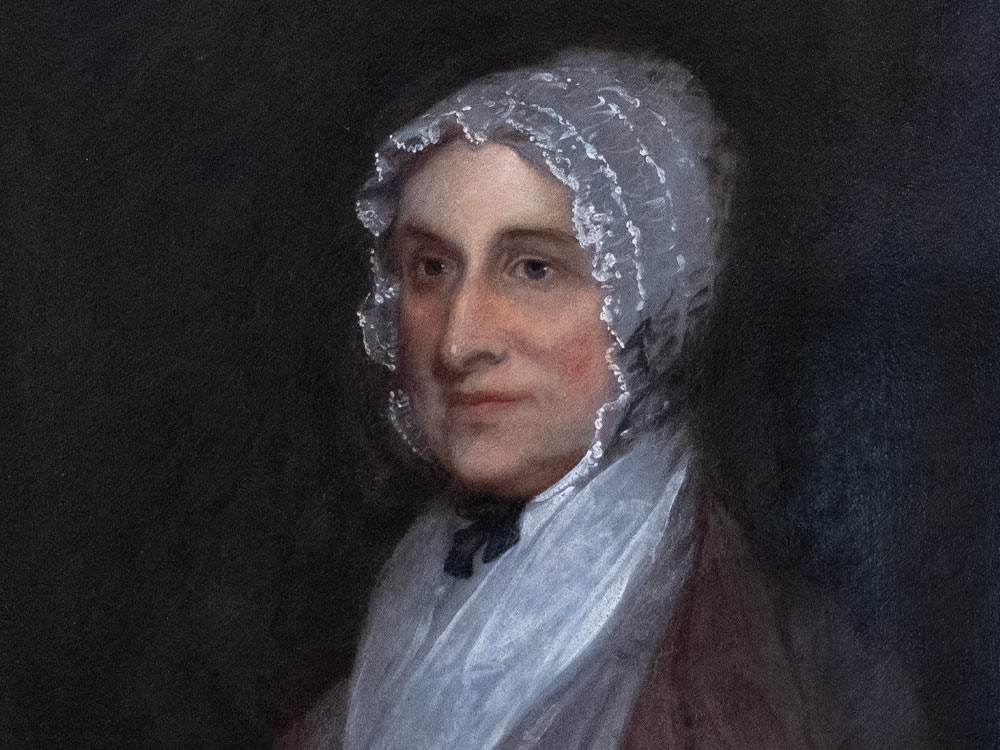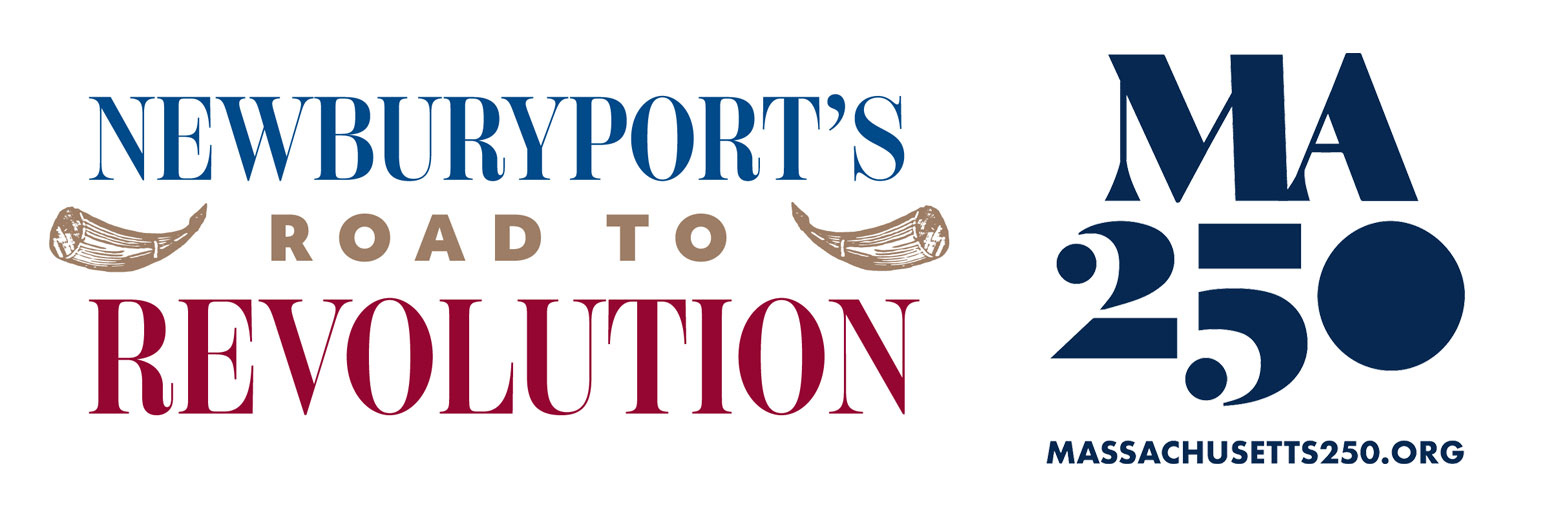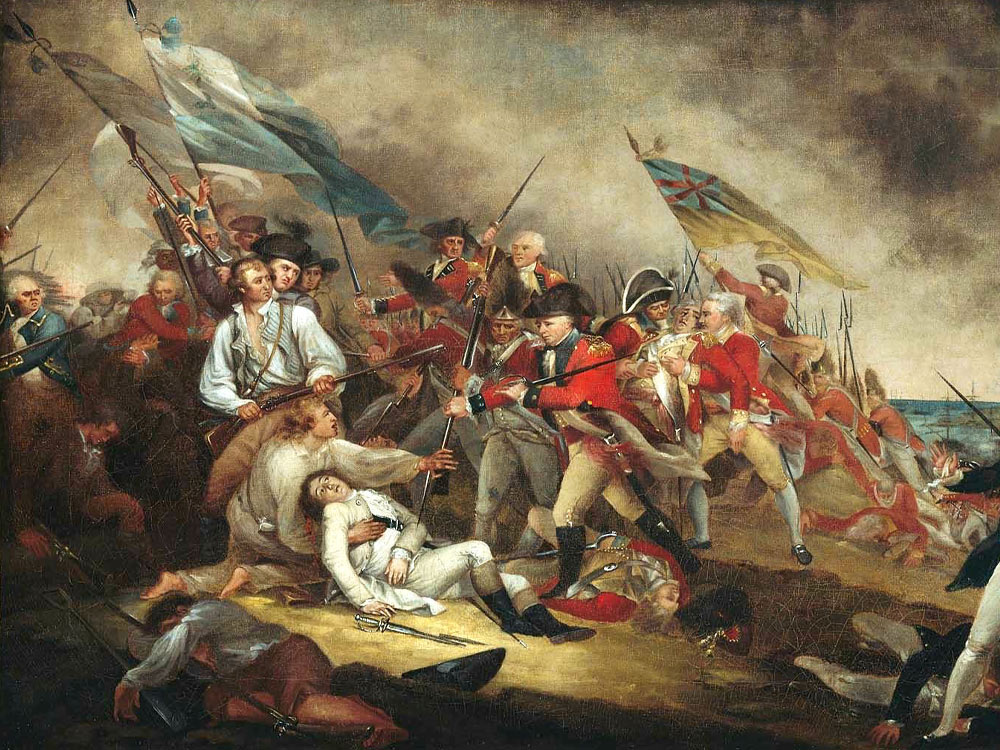As tensions with Britain escalated, Newburyport became a microcosm of the broader conflict, with its citizens aligning as Patriots, Loyalists, or Neutrals. These divisions were political and personal, often splitting families, neighbors, and communities.
Newburyport Patriots held public meetings, published revolutionary pamphlets, and sent delegates to colonial congresses. Influenced by the writings of Thomas Paine and inspired by leaders like Samuel Adams, they believed liberty and self-governance were worth fighting for. Their goal was clear: to sever ties with the British Crown and forge a new, democratic republic.
However, not all Newburyport residents embraced rebellion. Loyalists, or Tories, remained loyal to King George III, fearing that revolution would bring lawlessness, economic ruin, or loss of status. Loyalists often had ties to British trade or held royal appointments, and their opposition placed them at odds with their increasingly radical neighbors. Many faced social ostracism, property confiscation, or exile.

Mary Russell Atkins Searle
The story of Dudley and Sarah Atkins adds complexity to the narrative. As anger over the Stamp Act swept through the town, a mob targeted her husband, who they suspected as having Loyalist sympathies. He happened to be in Boston so Sarah confronted the mob directly. When Dudley died 2 years later at age 36, several Newburyport scions helped support her. In 1775, fearing that she would no longer be safe in Newburyport, she moved her family to live with a Quaker farmer in Amesbury for five years.
Atkins’ experience reflects the deep divisions created by the war created. Loyalists endured threats, violence, and exile, revealing the very real personal costs of political allegiance during the Revolution. Some 60,000 fled the colonies.
Ironically, Atkins’ son, Dudley Atkins Tyng became Collector of Customs in 1795, and was responsible for collecting taxes, 30 years after the imposition of the Stamp Act that wreaked havoc on his mother and father. He was now responsible for administrating a Customs collection system replicating the British model.
Caught between these two camps were the Neutrals, people who preferred to avoid choosing sides. Frontier settlers and tradespeople often focused on protecting their homes and livelihoods rather than engaging in politics. While some quietly supported one side or the other, many simply wanted peace. Newburyport’s Quaker families, such as the Carters, remained pacifist, refusing to fight for either side. Refusal to declare allegiance could result in suspicion or violence. Their struggle highlights how ordinary people bore the brunt of civil strife. As Benjamin Franklin once wrote of such people, “There are those of us… who wish only for peace and quiet.”
Lucy Hooper
Poet and writer Lucy Hooper was born in Newburyport on February 6, 1814. Historian John Currier notes that, while most sources give her date of birth as February 4, 1816, the town records state her birthday as February 6, 1814, making her either 25 or 27 years old at the time of her death in 1841. Lucy was born in “a three-story house on the northeasterly side of Washington street, between Boardman and Strong streets”, the fourth daughter of Joseph and Mary “Polly” (Whittemore) Hooper.
The Hoopers were an interesting family – Lucy’s grandfather, Joseph Hooper Sr., was a loyalist. As such, at the beginning of the Revolutionary War, Joseph Sr. returned to England, leaving his pregnant wife, Mary Harris, in her father Benjamin’s home on State Street, where Joseph was born in 1775. Like many loyalists, Hooper’s property was eventually seized and liquidated. Joseph Sr. never returned to Newburyport, dying in England in 1812.

Special Thanks to:


Plan Your Visit
Plan Your Visit
- Museum Hours
Sunday: 12 pm - 5 pm
Closed Monday
- Tickets
Free for NBPT residents, kids under 12, and museum members
Cost of admission includes access to the Discovery Center.
- Parking
City parking is available adjacent to the museum. View parking lot directions.

